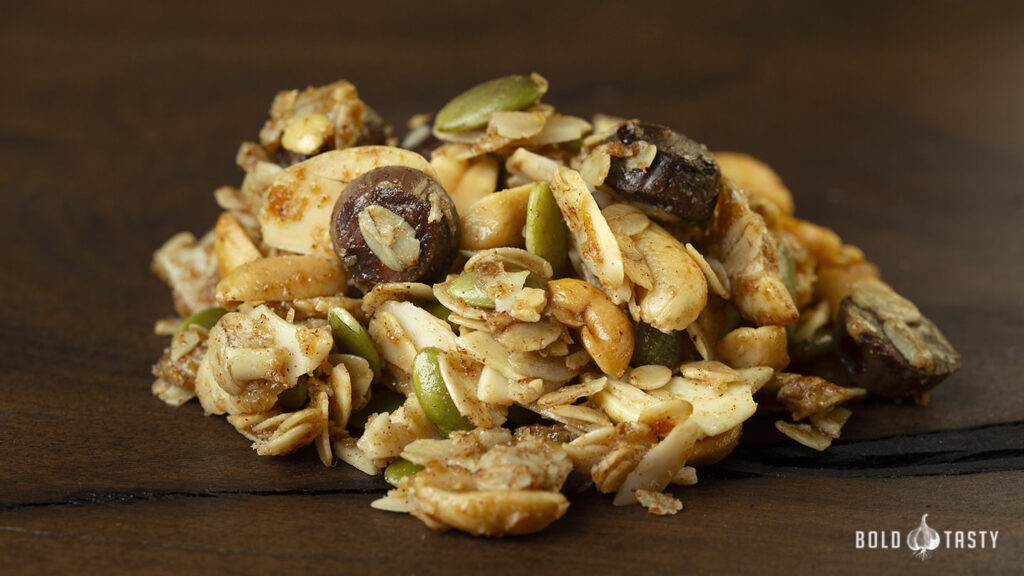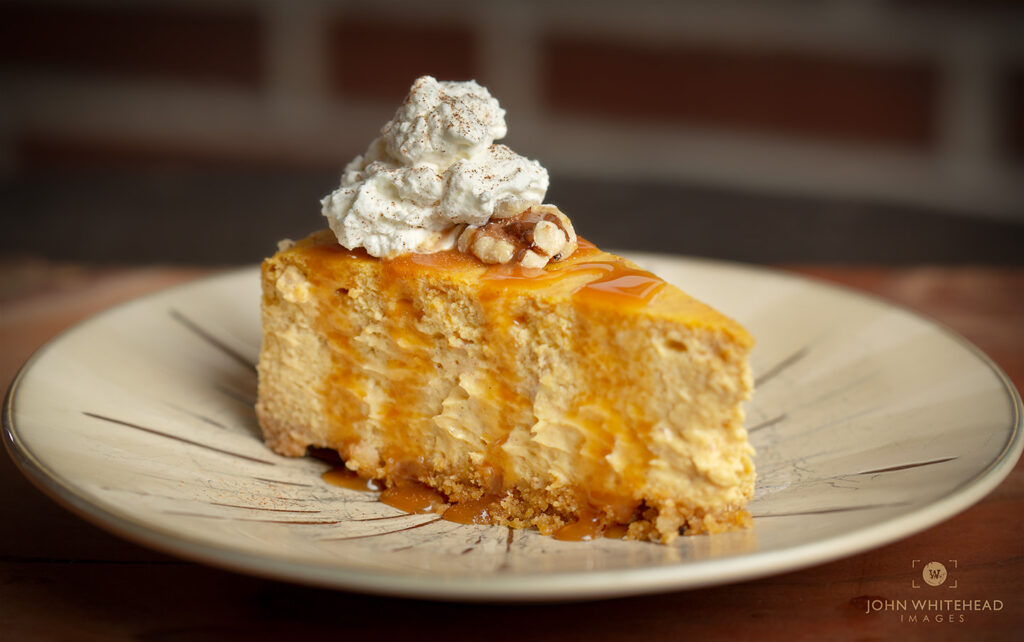MOUTH WATERING DESSERT RECIPES
Low Sugar Oat, Nut, Chocolate Peanut Butter Granola
Low Sugar Oat, Nut, Chocolate Peanut Butter Granola You’ll love the bold and tasty flavor…
1 Amazing pumpkin Cheesecake with nut crust
1 Amazing Pumpkin Cheesecake with Nut Crust, Perfect Fall Dessert How to make this amazing…
Dessert Recipes
Dessert recipes have played an integral role in human history, evolving from simple sweet treats into an art form that spans cultures and centuries. From ancient honey-based confections to elaborate pastries and cakes, desserts are more than just an indulgence—they reflect the history, trade, and cultural practices of civilizations around the world. Their development has been influenced by technological advancements, international trade routes, and regional ingredients, leading to the vast array of sweet delights we enjoy today.
Ancient Beginnings
The history of desserts can be traced back to ancient times, where early civilizations enjoyed simple sweets derived from nature. In Egypt, Mesopotamia, and Greece, honey was the main sweetener, used to make cakes and confections. The Greeks, for example, enjoyed honey cakes made with wheat flour, which were among the first baked desserts in recorded history. Nuts and fruits, particularly figs and dates, were often incorporated into these early desserts, reflecting the available ingredients.
In ancient Rome, sweets were often enjoyed at the end of large banquets. Romans used honey, dried fruits, and nuts to create desserts like dulcia domestica, a dish made with dates stuffed with nuts and sweetened with honey. However, sugar as we know it today was largely unknown in Europe until later centuries. These early desserts laid the foundation for the development of more complex and varied sweets as new ingredients and techniques were introduced over time.
The Influence of Sugar
The introduction of sugar revolutionized dessert-making. Originating from India, sugarcane was processed into a refined form and traded through the Arab world to Europe. By the Middle Ages, sugar had become a valuable commodity, though it was still considered a luxury. Early European desserts were largely influenced by the availability of sugar, leading to creations like marzipan, candied fruits, and sugar sculptures for the wealthy.
The Renaissance period in Europe saw the rise of more sophisticated desserts as sugar became more accessible. Italian and French bakers developed recipes for tarts, custards, and pastries. During this time, the famous macaron was created in France, along with biscotti in Italy, showcasing the influence of trade and culinary exchange across borders. The European aristocracy enjoyed elaborate desserts, with banquet tables often featuring grand displays of sugar and sweet delicacies.
Global Influences and Colonialism
The Age of Exploration in the 15th and 16th centuries introduced new ingredients to Europe, which had a profound impact on the evolution of desserts. With the discovery of the Americas, chocolate and vanilla became available, both of which became essential components in desserts around the world. The Spanish were the first Europeans to encounter chocolate, and they brought it back to Europe where it quickly became a sensation. By the 17th century, chocolate desserts and drinking chocolate were popular across European courts.
Sugar production also grew rapidly with the establishment of sugar plantations in the Caribbean and the Americas, leading to increased availability and lower prices. This allowed desserts to become more accessible to the general population, rather than being the exclusive privilege of the wealthy. The colonial period also saw the blending of dessert traditions from various parts of the world, particularly as spices like cinnamon, nutmeg, and cloves from Asia were incorporated into European baking.
Modern Dessert Recipes
The Industrial Revolution in the 19th century brought about significant changes in the production of desserts. The mass production of sugar and the invention of refrigeration made it easier to preserve and transport sweet treats. This era also saw the development of ice cream as a popular dessert, as well as the invention of chocolate bars and confectionery.
In the 20th century, desserts became more diverse and accessible than ever before. The globalization of trade allowed for the exchange of culinary techniques and ingredients, resulting in a fusion of dessert traditions. American desserts like apple pie and cheesecake gained global popularity, while European classics such as crème brûlée, éclairs, and tiramisu became beloved worldwide. The popularity of cakes, cookies, and frozen desserts also flourished with advancements in baking techniques and kitchen appliances.
Today, desserts continue to evolve, reflecting cultural trends, dietary preferences, and the creativity of modern chefs. The rise of artisanal and gourmet desserts, as well as plant-based and healthier alternatives, speaks to the adaptability of sweets in contemporary cuisine. Whether it’s a traditional layered cake or a cutting-edge molecular gastronomy creation, desserts remain a symbol of celebration and indulgence across the globe.
Conclusion
From ancient honey confections to modern-day pastry masterpieces, the history of desserts is a journey through time, geography, and culture. Desserts have been shaped by the ingredients, innovations, and tastes of different eras, yet they remain a universally cherished aspect of the dining experience. No matter how they are made or where they come from, desserts continue to bring joy and sweetness to our lives.


